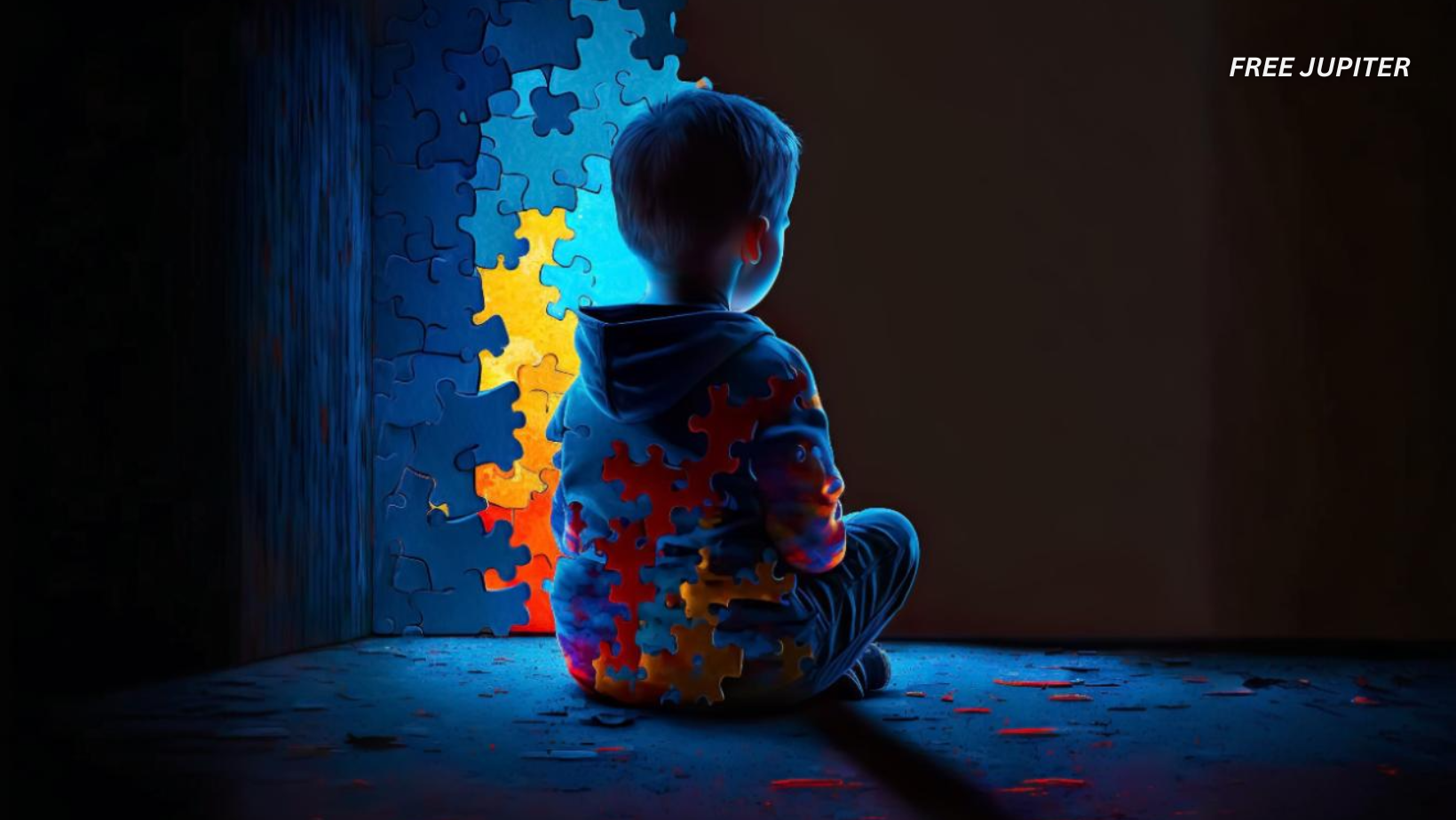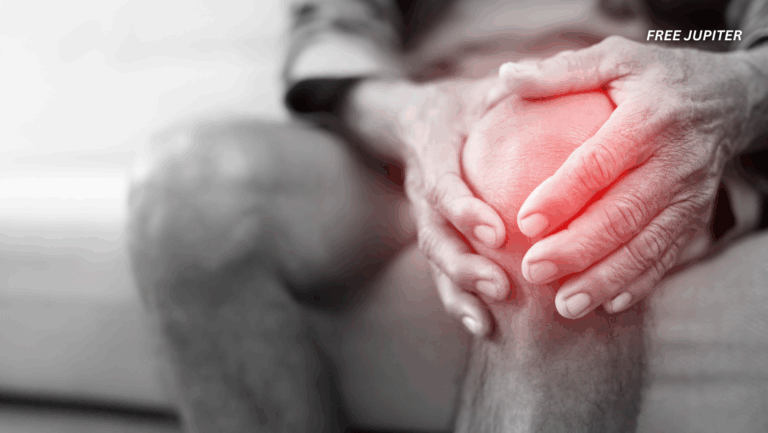For decades, autism has been seen as a wide spectrum—one big umbrella under which countless people with very different traits have been grouped. But now, scientists are starting to pull apart that spectrum and look at it through a sharper lens. A recent study led by researchers at Princeton University has revealed something quite groundbreaking: autism isn’t just one condition. It appears to come in four distinct forms, each with its own unique genetic signature.
This discovery, published in Nature Genetics, could change the way we understand, diagnose, and support people on the autism spectrum. Instead of treating autism as a single diagnosis with varying degrees of severity, we might need to start seeing it as a family of related—but genetically different—conditions.
🧩 Cracking the Autism Puzzle: One Piece at a Time
Autism Spectrum Disorder (ASD) has long been recognized as a highly variable condition. Some individuals are nonverbal and require lifelong care, while others live independently, hold jobs, and maintain rich social lives. But despite all this diversity, most research has treated autism as one entity.
This new study challenges that one-size-fits-all model. Using data from over 5,000 children in a long-running autism study known as SPARK—a project funded by the Simons Foundation—the researchers dug deep into both behavior and genetics. They combed through more than 230 behavioral traits, from how well a child communicates to how often they engage in repetitive actions. After crunching the data, they noticed distinct patterns and were able to sort the children into four clearly defined subtypes of autism.
Let’s break those down.
🌟 The Four Subtypes of Autism, Explained in Plain English
- Social and Behavioral Challenges
This group primarily struggles with social skills—things like eye contact, reading facial expressions, or interpreting tone of voice. They may also engage in repetitive behaviors, such as hand-flapping or repeating the same phrases. These individuals often have average cognitive development but may find social interactions confusing or overwhelming. - Mixed ASD with Developmental Delay
Children in this category show a blend of autism traits and broader developmental delays. That might mean late walking, delayed speech, or difficulty with tasks like feeding themselves or dressing. This subtype overlaps with other neurodevelopmental conditions, making diagnosis more complex. - Moderate Challenges
Think of this group as somewhere in the middle. These children show noticeable autism traits—enough to require support—but not as intensely or broadly as those in other subtypes. They may function well in some areas but struggle in others, such as emotional regulation or adapting to change. - Broadly Affected
This is the most globally impacted group. These children have significant difficulties across a wide range of functions—social, cognitive, and behavioral. They may have learning disabilities, limited verbal communication, and more extensive support needs.
Read more: Researchers Discover Desert Shrub That Targets Colorectal Cancer Cells, Leaves Healthy Tissue Intact
🧬 Genetics: The Missing Link Between Behavior and Biology
After defining these subtypes, researchers didn’t stop there. They turned their attention to DNA.
By studying genetic data, they discovered something remarkable: each subtype had its own pattern of genetic mutations.
- For instance, children in the “broadly affected” group were more likely to have de novo mutations—these are genetic changes that appear for the first time in a child, not inherited from either parent. These mutations often arise randomly during early development.
- In contrast, the “mixed ASD with developmental delay” group tended to carry rare inherited genetic variants. This suggests that for this group, autism may have stronger familial roots, passed down silently from generation to generation.
The key takeaway? There’s no single genetic cause for autism. Instead, there are multiple genetic stories unfolding, each one tied to a different version of the condition.
🧠 Why Genetic Testing Has Been Falling Short—Until Now
Although scientists have long known that autism has a genetic component, genetic testing hasn’t been very helpful in most cases. On average, standard genetic tests can only explain about 20% of autism cases—leaving the majority without any clear answers.
That may be because we’ve been approaching autism like it’s one jigsaw puzzle. In reality, we’re dealing with four separate puzzles that have been jumbled together in the same box.
As Natalie Sauerwald, co-lead author of the study and researcher at the Flatiron Institute, put it:
“What we’re seeing is not just one biological story of autism, but multiple distinct narratives. It was like trying to solve a jigsaw puzzle without realizing we were actually looking at multiple different puzzles mixed together.”
This new approach of dividing autism into subtypes could dramatically improve our ability to identify which genes are involved—and how.
Read more: What You Need To Avoid If You Have High Blood Pressure, According to Dietitians
🔍 What This Could Mean for Families, Doctors, and Educators
So how might this breakthrough change the real-world experience of people with autism and those who support them?
- Earlier and More Accurate Diagnoses
By recognizing these subtypes, doctors could potentially spot autism sooner—and with more precision. A child with speech delays and inherited gene variants might follow a different developmental path than a child with de novo mutations and broad challenges. - Personalized Interventions
Tailored therapies could be developed based on a child’s genetic profile and behavioral subtype. Instead of one-size-fits-all treatment plans, clinicians might one day prescribe support strategies based on a person’s specific form of autism. - Less Confusion, More Clarity for Parents
Many parents are left wondering why their child with autism seems so different from others on the spectrum. These subtypes offer a new framework that may help parents better understand their child’s unique journey. - A More Inclusive Scientific Conversation
Instead of chasing one elusive “cause” of autism, this study invites researchers to zoom in on diverse genetic roots. This diversity may finally explain why some autism studies have conflicting results—because they were unintentionally lumping apples, oranges, and pears into the same basket.
🌍 The Bigger Picture: Autism, Genes, and the Environment
This genetic research arrives just as political and public discussions around autism are shifting. U.S. Health Secretary Robert F. Kennedy Jr. has publicly advocated for greater exploration of environmental causes behind the rise in autism diagnoses. And while environmental factors—like toxins, infections, or prenatal conditions—may still play a role, this study brings the spotlight back to genetics.
It’s likely that autism results from a complex dance between genetics and environment. But without understanding the genetic “music” playing in the background, we can’t fully appreciate how outside factors might influence the rhythm.
Read more: Simple Breathing Practice Found to Improve Emotional Control, Study Says
💡 Final Thoughts: A New Way of Seeing Autism
This study doesn’t offer easy answers—but it does offer a refreshing new lens. By embracing the rich complexity of autism, science is moving away from overly simplified labels and towards a deeper understanding of what makes each individual unique.
Rather than flattening everyone with autism into the same category, this research celebrates the diverse stories written in our DNA. It brings us one step closer to a world where autism is better understood—not just by scientists, but by society as a whole.
And for families, clinicians, and individuals on the spectrum, that kind of clarity is more than scientific progress. It’s hope.
Featured image: Freepik.
Friendly Note: FreeJupiter.com shares general information for curious minds. Please fact-check all claims and double-check health info with a qualified professional. 🌱










